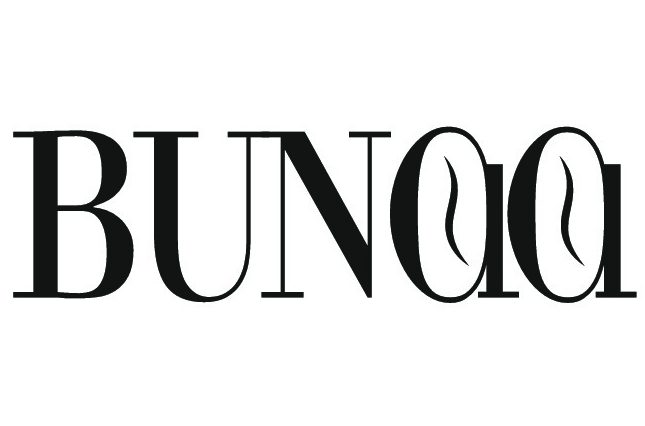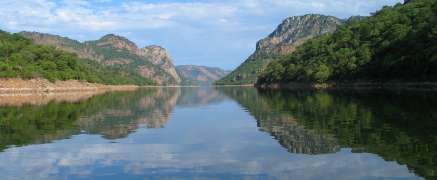No. 52 of the world’s coffee producers still have wild coffee.
- In the first decades of the 20th century, coffee was exported from the island of Ibo to Europe.
- After a crisis in the 1970s to the 1980s, the number of plantations declined significantly.
- Until 1990, the country produced 1,000 tonnes of green coffee.
- In the meantime, it is far less. A correspondingly small role the Mozambican coffee has on the world market.
- In the Mount Gorongosa’s rainforest Arabica coffee is cultivated on 30 hectares since 2013.
- But there is also wild coffee, Coffea racemosa, which is called Mozambique coffee.
- At altitudes of up to 1,500 m, the plants grow up to 3.5 m in size, grow well on sandy soil and need relatively little shade and last up to 9 months dry period.
- The leaves clustered on short lateral spurs or spaced out on the branches.
- The flowers are white to pinkish, about 2 cm in diameter. And the fruit is almost spherical, purple to black when ripe.
- In Mozambique, Coffea racemosa is grown on the north-facing Quirimbas archipelago and small areas on the mainland near coconut palms and banana trees for their own use.
- The so-called Ibo coffee has a low caffeine content and intense herbal aromas such as laurel, mint, eucalyptus and licorice
- Mozambique coffee further grows only in Zimbabwe and South Africa.



how where to buy ?
Hi Anita, unfortunately I dont know. Its seems very rare. Best, Daniela